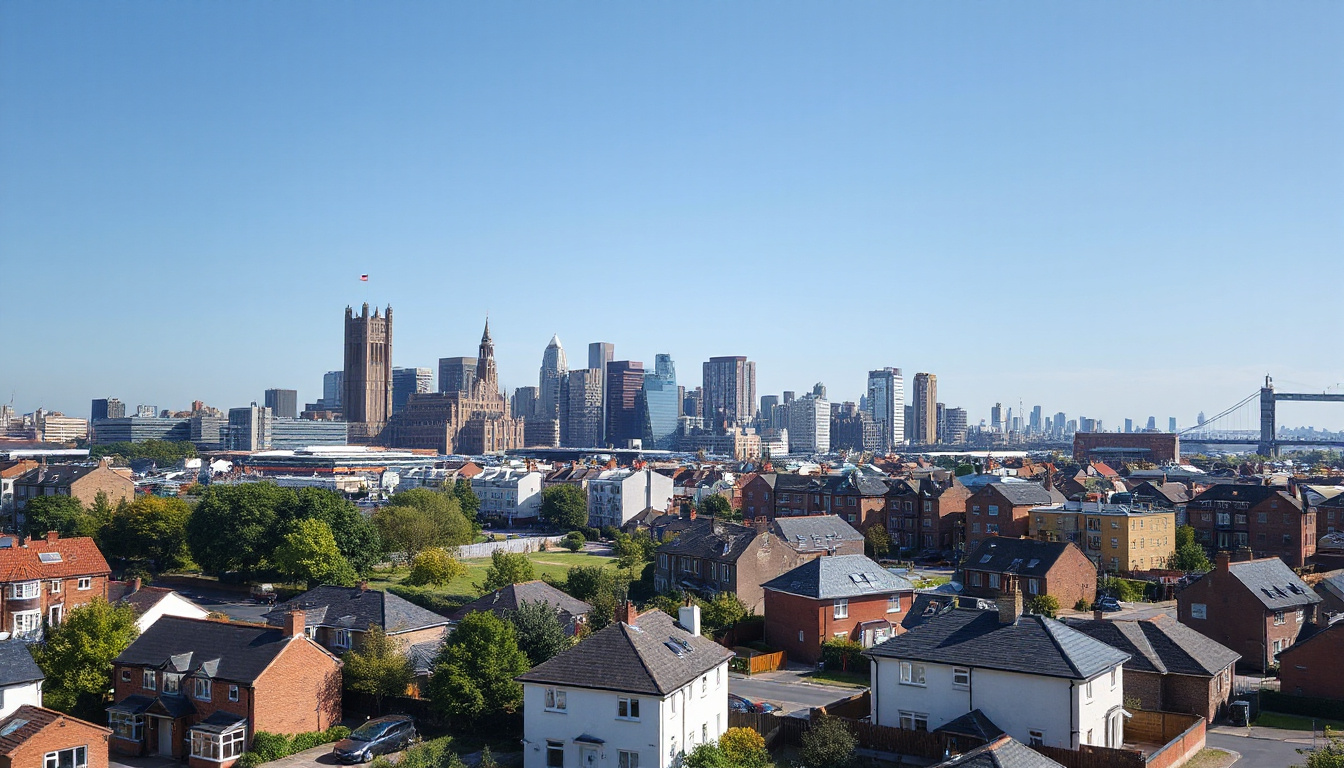UK House Prices Stagnant in March as London Struggles
The UK housing market shows a flat trend in March 2025. A report from Nationwide Building Society notes that buyers rushed to finish deals before the stamp duty holiday ended. The average home price stayed at £271,316 after a 0.4% rise in February. The annual rise reached 3.9%. Price growth varies from region to region.
London’s Struggles Amid Regional Growth
London climbs only 1.9% from last year. This rate falls from 2% before. London keeps the most expensive tag with an average cost of £529,369. In contrast, Northern Ireland shows a 13.5% rise with homes costing an average of £205,796. These numbers make Northern Ireland more affordable for buyers.
Robert Gardner, chief economist at Nationwide, points out that the trend makes sense with the stamp duty holiday ending in March. Gardner says, "Activity is likely to remain a little soft in the coming months." Many buyers rushed to finish deals to avoid a rise in tax rates when the limits reset.
The Impact of the Stamp Duty Holiday
The stamp duty break started in September 2022 to support the market in hard times. The break ended on March 31, and many buyers acted fast. Removal companies got busy and demand jumped as buyers wished to avoid high taxes. Yet, mortgage approvals hit a six-month low in February, notes the Bank of England. The market shows signs of cooling before the tax reset.
Tom Bill from Knight Frank predicts the market will slow after the changes in April. He says, "Buyers with a new start will see strong supply, which should push prices down." Bill believes that after a soft start, the market may slowly pick up by summer.
Economic Underpinnings and Future Projections
Gardner stays positive about the situation for homebuyers. He notes low unemployment, higher real wages, and stable household finances. Bank reports signal that two more interest rate cuts may come in the next months. With a 68% chance for a rate cut in May, borrowing may get easier. Buyers may then find property investment a better plan.
Semi-detached houses lead with a 4.8% rise from last year. This news helps investors who look at houses for rent or multiple occupancy. Such homes may bring a higher return compared to other types.
Summary
The UK housing market sits steady in March. London grows at a slower pace compared to regions like Northern Ireland. The end of the stamp duty break pushed many buyers to act fast. Now, the market seems ready to find a new balance. Investors in the multiple occupancy space must watch these moves. Different areas will show their strengths and limits.
For a full view of the housing market’s shifts, investors should keep up with trusted news and data.
References
- The Guardian: UK House Prices Stagnant in March as London Struggles
- Nationwide Building Society Report
- Bank of England Mortgage Approvals Data
- Knight Frank Market Insight
Disclaimer: This article has been generated by AI based on the latest news from Google News sources. While we strive for accuracy, we recommend verifying key details from official reports.



